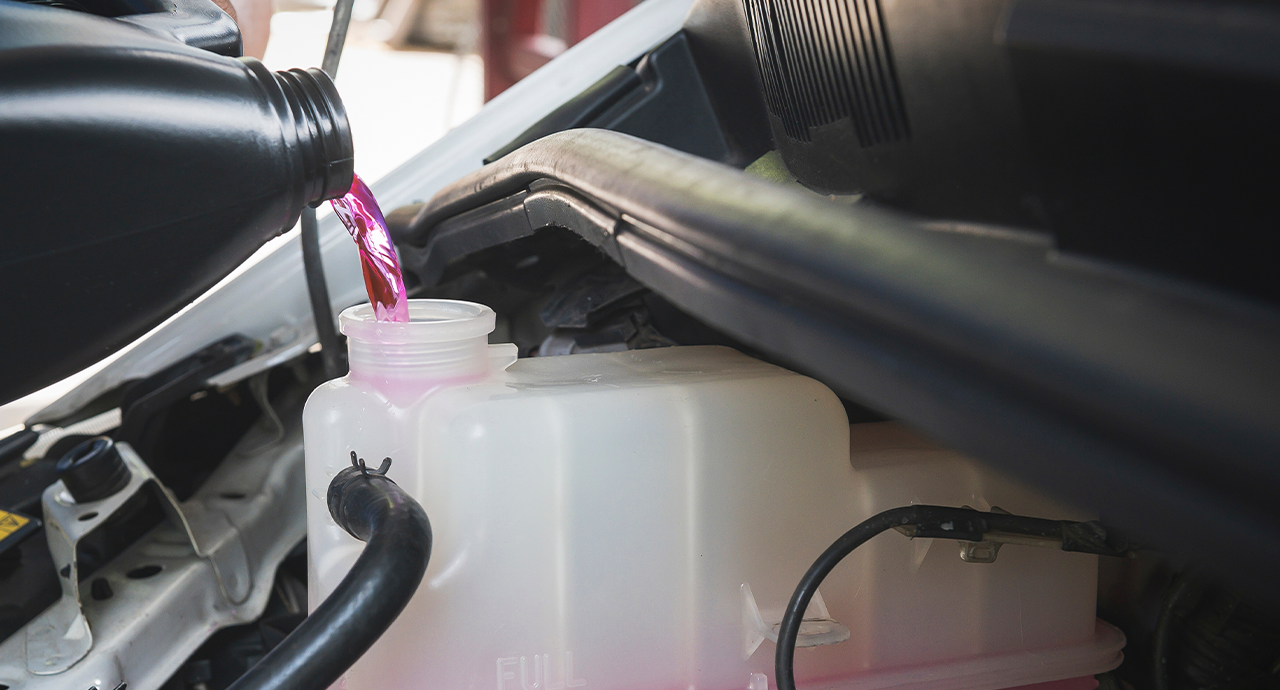
Coolant Change in Scotland
Instantly compare coolant change deals from garages in Scotland & book online
What is coolant?
Coolant is a specially-formulated chemical liquid, commonly known as antifreeze, that circulates through a car’s engine. It removes excess heat from a car’s engine by passing it through the car’s radiator.
Furthermore, the solution contains inhibitors that protect the metal, plastic and rubber in the cooling system from corrosion.
And, as the name antifreeze suggests, it also doesn’t freeze up in bitterly cold conditions, so it plays an important role in a car all year long.
Why is changing the coolant important?
Coolant levels should be checked frequently, at least every 3-6 months. Low coolant can cause overheating, which would have serious implications for other components on the car. Even though coolant can leak and evaporate over time, in many cars it often looks as though the coolant never needs changing because its level seems to stay the same.
However, draining and flushing the coolant system, including the radiator, at least once a year is important. Flushing pushes out all the old coolant, debris from corrosion and scale. If left in the engine, it may become clogged up, potentially causing extensive damage. That's why booking a coolant change regularly is important.
How is a coolant change done?
Before a mechanic drains the cooling system, he might add coolant cleaner to the coolant and then start the engine, depending on what the manufacturer specifies. After the car has run for a while, he would turn it off and drain it. He would then add water to flush it and drain it again, twice, before finally putting in the fresh coolant.
What are the possible signs that a car needs a coolant change?
- When a car’s maintenance or engine temperature light illuminates on its dashboard.
- If the car’s engine starts running at a higher temperature than usual, signifying that the engine is overheating.
How long does a coolant change take?
- Approximately 1 hour.
How much does a coolant change cost?
- Up to £50.
Featured in:








